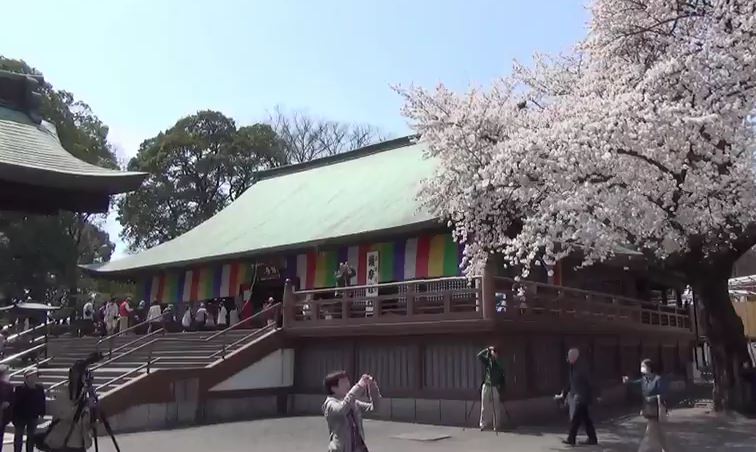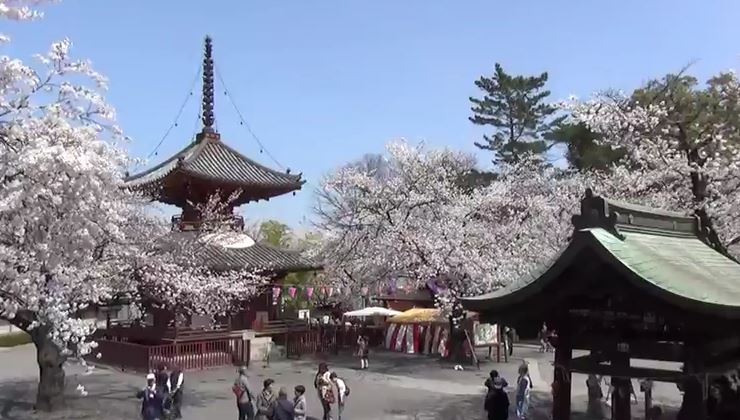Founded by the monk Ennin in 830, Kitain 喜多院 was originally one of three parts of the temple Seiya-san Muryoshu-ji. “Kitain” literally translates as “North Hall.” Naka-in, the center hall, is now a separate temple, and of Minami-in, the southern hall, only the cemetery remains.

Kitain temple in Kawagoe City – Saitama Prefecture
Seiya-san Muryoshu-ji burned down several times over the course of its history, and in 1300 became the head temple of the Tendai sect of Buddhism. It was so influential that after the buildings were destroyed in a fire in 1638, Iemitsu Tokugawa had part of Edo Castle transferred there.

Kitain temple in Kawagoe City
Because the castle was subsequently destroyed in the Great Kanto Earthquake of 1923, the parts in Kitain are the only extant sections left.

Gohyaku Rakan – 五百
They include the study, kitchen, toilet and bath room, and even the room where Iemitsu Tokugawa was born, among others. These make Kita-in an important cultural site today. Aside from these remains, there are other features of note such as the 540 statues of Rakan, which are disciples of Buddha, daimyo graves, and the Tosyogu Shrine.

Kawagoe – Temple de Kitain
The Tosyogu Shrine was built in 1633 to honour the late shogun Ieyasu Tokugawa. The present shrine was rebuilt in 1640 under orders of the third Tokugawa Shogun Iemitsu after a fire in 1638 destroyed most of Kita-in as well as the Shrine. It is noted that the architecture of The Tosyogu Shrine closely resembles that of the main Tosyogu Shrine at Nikko.
Admission is from 8:50 am to 4:30 pm from March 1 to November 23. It is until 4 pm the rest of the year. On Sundays and national holidays the hours are extended by 20 minutes. Kita-in is closed from December 25 to January 8, February 2 and 3, April 2 through 5, and August 16.
The regular admission fee is 400 yen for adults or 200 yen for junior high students or younger. There are sometimes special exhibitions or events which have different hours and rates.
Kita-in is about a 15-minute walk from Hon-kawagoe Station in Kawagoe City. If you take the loop buses, it is at the Kita-in stop on the Eagle line or the Kita-in Mae stop on the Tobu line.
